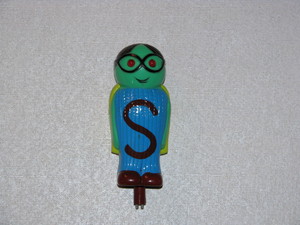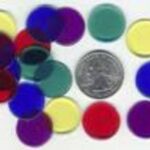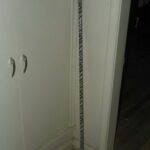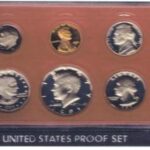While there are hundreds of programs produced to teach phonics and phonemic awareness, the Letter People have maintained a remarkable market share and public interest. Proof of this is demonstrated in the current marketability of the out of print original Alpha 1 program by New Dimensions and later parent centered World Book-Childcraft Reading Readiness Program. I myself can state that the most popular hits to my education blog are regarding my Letter People blog entries. This continued interest led Abrams & Company to invest in a modern version of the Letter people that updated the characters and introduced the Letter People to a new generation of students and parents. The Land of the Letter People has continued the popularity of the Letter People brand and is part of preschool and elementary programs across the country.
One of the appeals of this program for educators is that it was designed by educators to meet a problem they faced in their own classrooms. Elayne Reiss and Rita Friedman are credited with starting this program in Elayne’s first grade classroom. Books crediting both as authors of the Alpha program and the characters are still available from the various Internet auction sites and used book retailers. Elayne Reiss Weimann is credited as a consultant on the Childcraft project.
The original Letter People curriculum reached audiences in a variety of ways. Those who were exposed to the Alpha 1 program in the 1970’s had a phonics program that put a personal connection to each of the letters. Children got to “know” the letters as people. Music, interactive activities, and traditional practice lessons were included to help students learn the names, sounds, and the relationships between the letters.
PBS later included a television series that was even farther reaching than the classroom program. Many adults who never saw the Letter People in school remember the television show that utilized the same songs as the classroom version.
In the 1980’s World Book-Childcraft obtained rights to market the Letter People as a World Book-Childcraft Reading Readiness Program to Parents. The program was similar to the school program but added more individual aspects not in the school kits and lacked the huggables which were a key component to the school program. Mr. S became a “Supersonic Tutor Devise” used with the Skill Books to tell children when correct answers had been given. At the time the product was issued, this would not have been considered practical for a classroom of children. However, many of these sets did end up in Title I rooms where working with smaller groups made purchases more practical. This is where I learned that Childcraft had made a parent’s version of the product.
Changes were to arrive for the Letter People in the 1990’s. The genders of the consonants and vowels were balanced and food and other issues that created some controversy regarding the original programs , removed. This appealed to those who liked the music and movement aspects that improved memory but wanted a more socially acceptable updated version. However, many are devoted to the original program and continue to search for the original version for their children. There even seems to be a collector’s market for those who were exposed to the original program either in the classroom, at home, or through television. The out Abrams new Letter People Land has proven to be a popular politically correct alternative to the older version, though. Parents and educators interested should check out the updated program.
The Letter People are still sought by parents and educators because they work. Combining music, a personal connection to the letters, and activities that build on that connection, motivates children to learn basic phonics lessons. While some feel the program relies too heavily on gimmicks, it should not go unnoticed that like School House Rock, many adults who were exposed to the program can still tell you the attributes of the Letter People. I do not remember whether “a” was apple, alligator, or ant when I was taught phonics. I have since used all three versions in various phonics programs and would be hard pressed to remember which phonics program has which memory trigger. However, having volunteered as a high school student with a Kindergarten class that used the original Letter People, you just do not forget the songs or the activities that were a part of the experience.
Sources:
“Land of the Letter People.” Abrams Learning Trends.com 2009. 15 July 2009.
< http://www.abramslearningtrends.com//ProductDetails.aspx?productID=3164>.
Ledder, Chris (Bailey) “Letter People Resources” Sorting Through Lifes Lessons Blogspot.Com 2009 19 July 2009.
Nault, William H., ed. The Letter People Activity Book. Chicago: World Book-Childcraft International, 1981.






